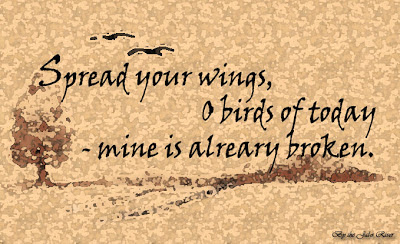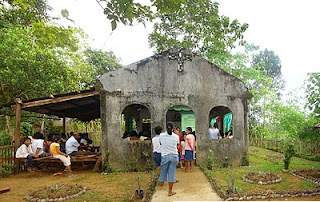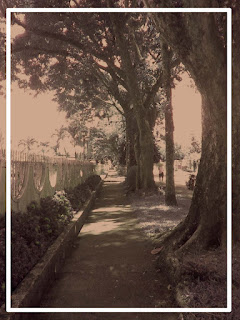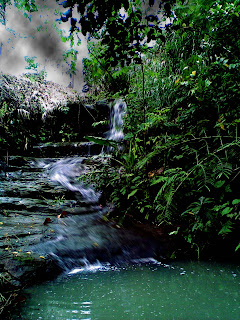The Rubble of Old San Rafael the Archangel Church
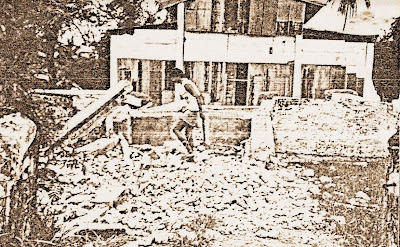
The sad event that pulverized most of the centuries-old churches in Bohol and Cebu last Tuesday, October 15, 2013 calls to mind the collapse of San Rafael Parish Church on June 14, 1990. Not to be taken as of equal weight with those declared National Cultural Treasures, the total destruction of the Balete Church by a 6.3 earthquake that jolted the Panay Island more than a decade ago has afforded the faithful of Balete a new face for their Catholicity. The rubble of a ruined Balete Church, June 1990 With the new structure forming as part of the facade of the Baleten-on community, the younger generations are without clue of the rubble underneath the modernized plaza of the Balete Church. Children of today are robbed of the pastime of pulverizing chips of bricks that toddlers of old used to polish their nails. Blocks of bricks and broken coral stones were everywhere in the vicinity of the St. Rafael Church and the convent. Old folks used to tell that they were remnants of the olde...





